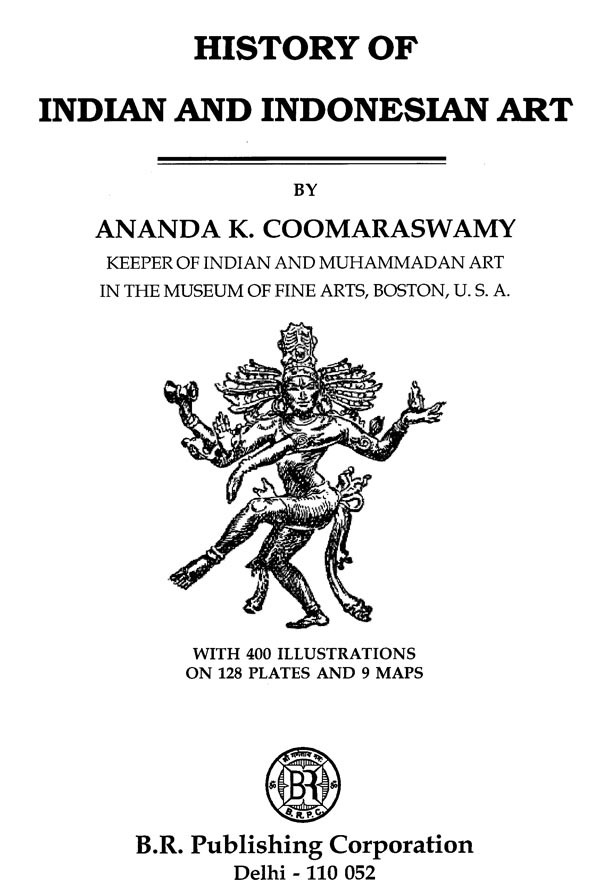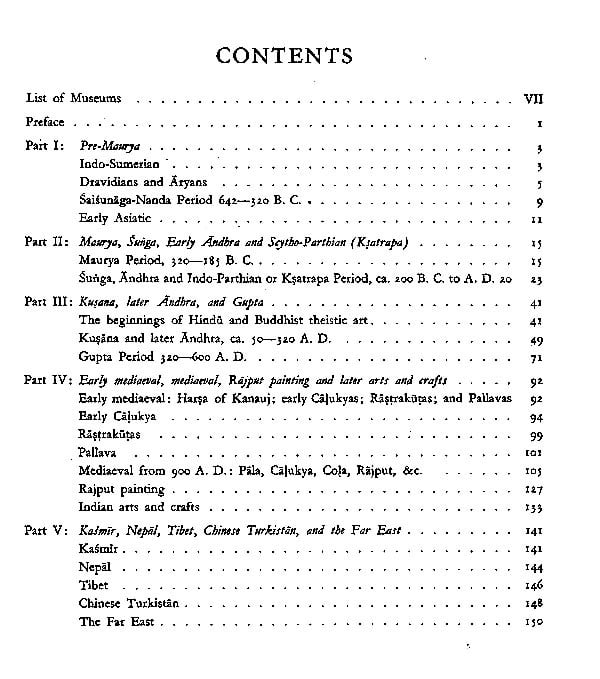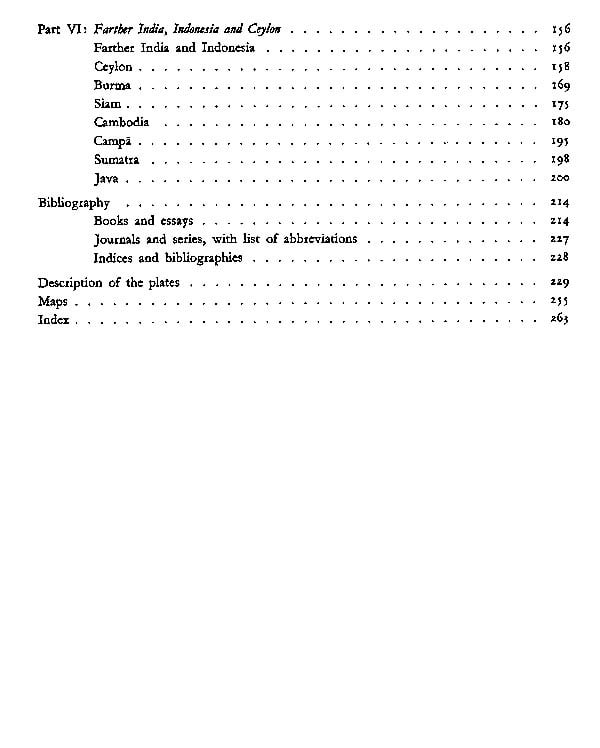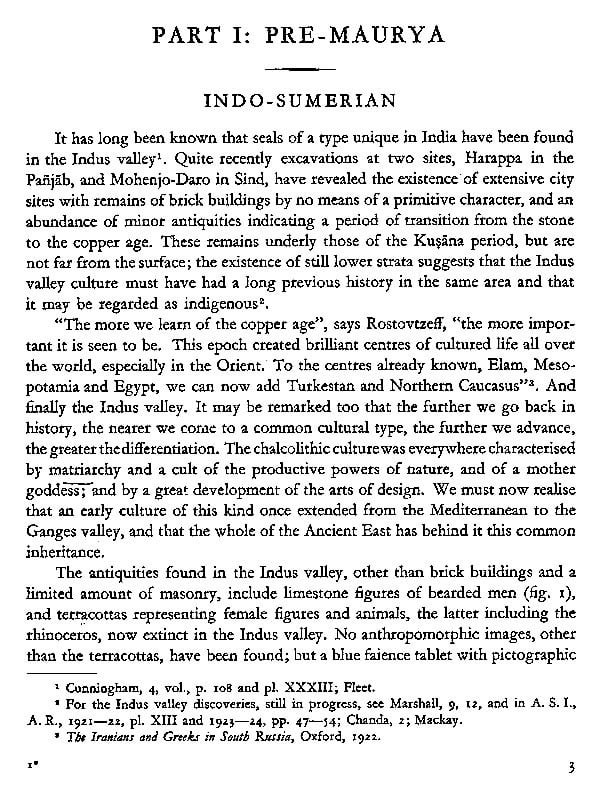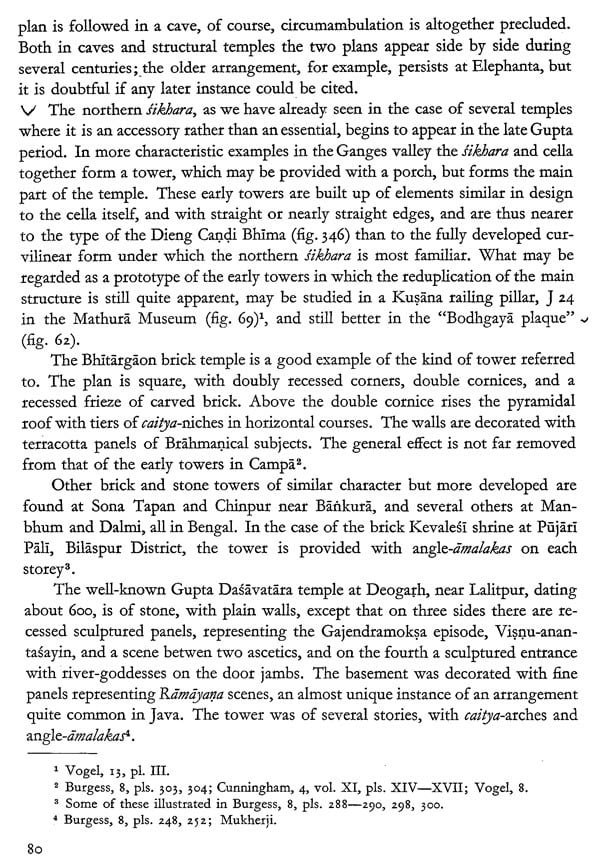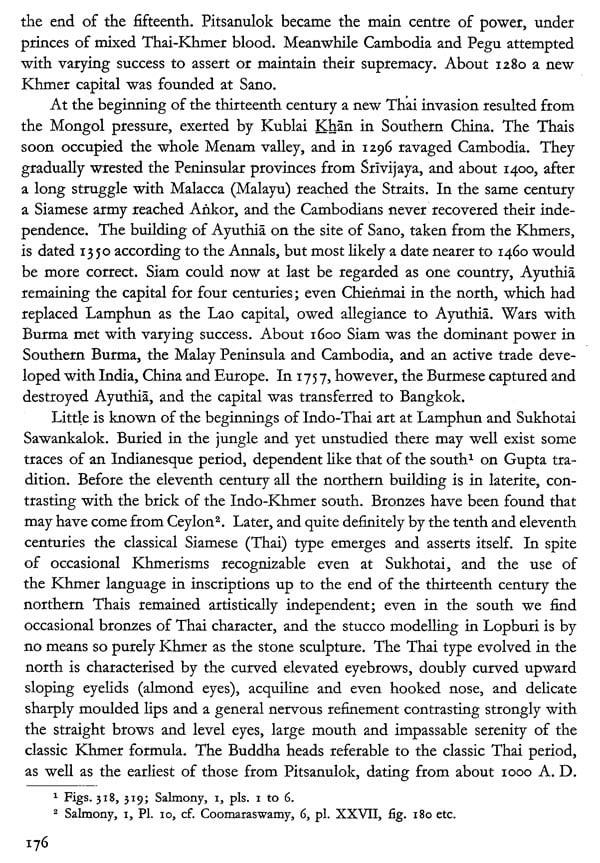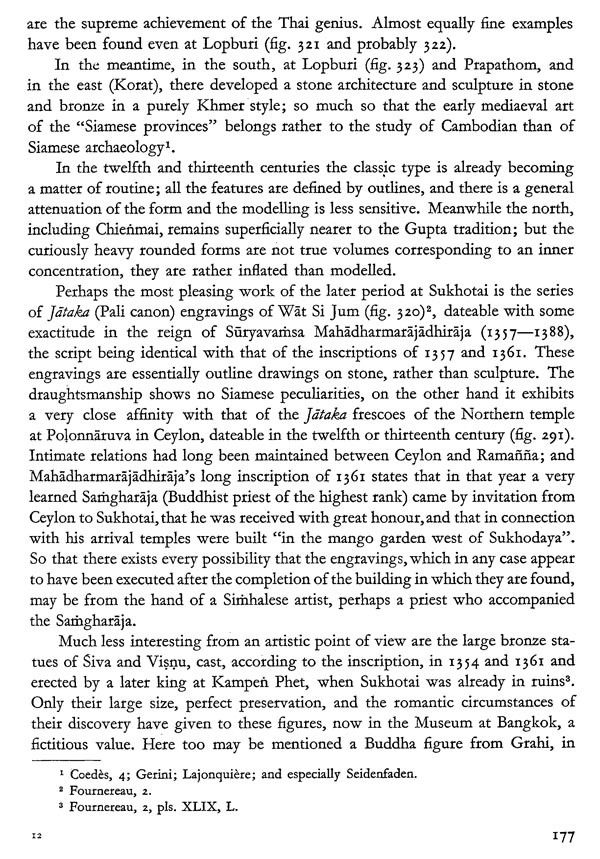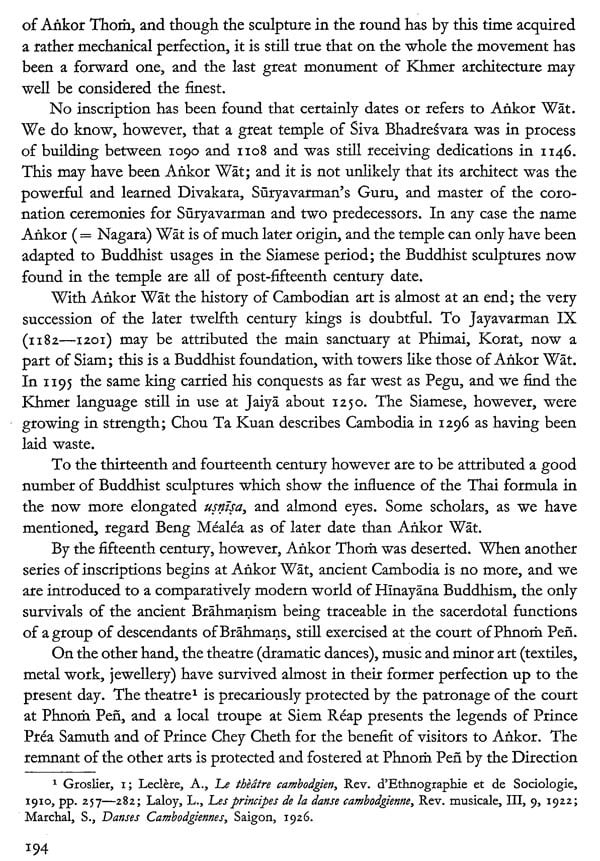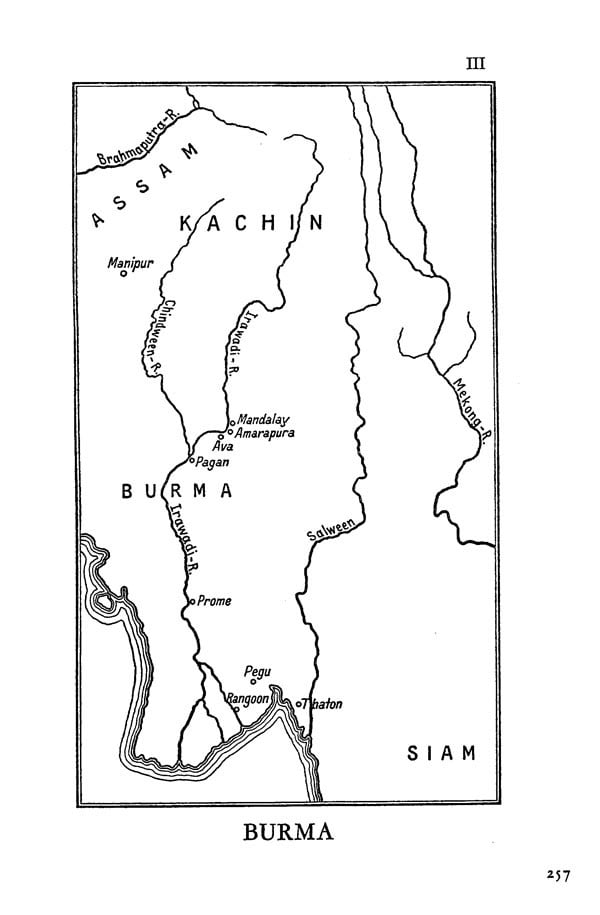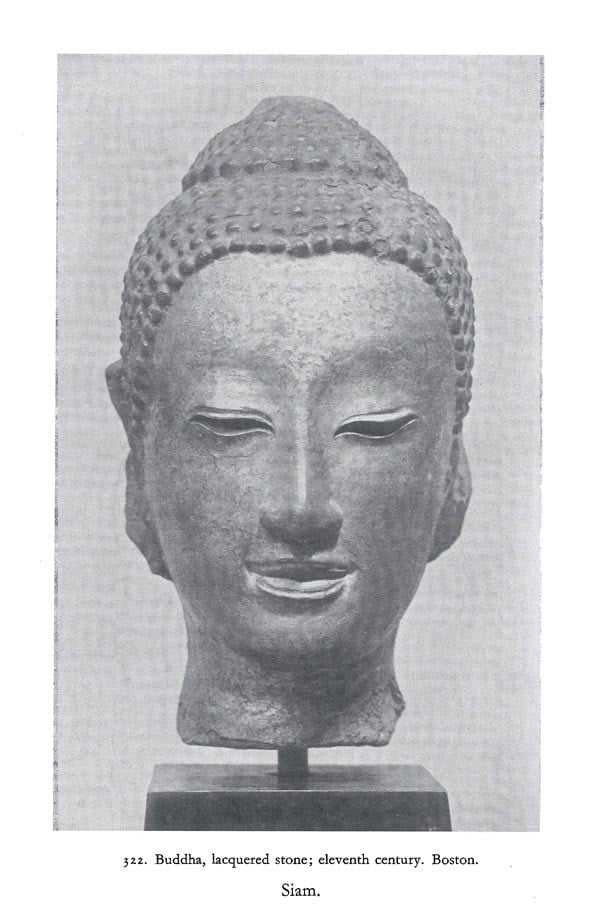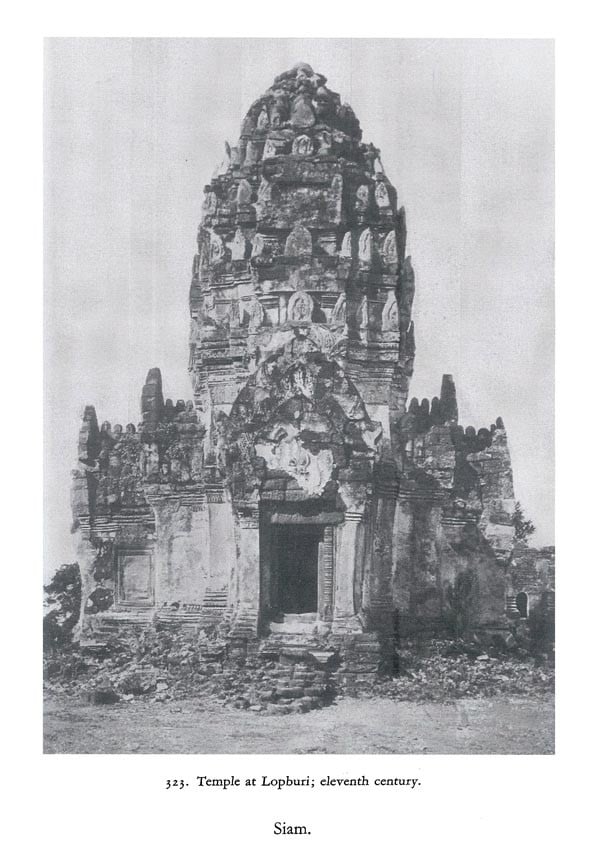
History of Indian and Indonesian Art
Book Specification
| Item Code: | AZE589 |
| Author: | Ananda K. Coomaraswamy |
| Publisher: | B.R. PUBLISHING CORPORATION |
| Language: | ENGLISH |
| Edition: | 2018 |
| ISBN: | 9789387587199 |
| Pages: | 426 (Throughout B/w Illustrations) |
| Cover: | HARDCOVER |
| Other Details | 10.00x7.50 |
| Weight | 1.07 kg |
Book Description
In the present work the following illustrations are reproduced by permission from photographs taken by the Survey: Nos. 1-6,12-19,11,28,40,58-60,63-67. 69, 693, 72, 73, 81-84, 89, 90, 101-105, 137, 138, 155-158, 163-168, 171, 176, 186, 199, 203-205, 118, 116, 235, 255, 248, 251, 257, 311-314. To the Archaeological Survey of Gwalior I am indebted for Nos. 17, 183; the Archaeological Survey of Kashmir, Nos. 131; the Archaeological Survey of Ceylon, No. 184; the Direction des Arts Cambodians, Phnom Pen, Nos. 324, 325, 333, 364; the Oudheidkundige Dienst in Java for Nos. 345-48, 352, 355. 319-362, 366, 380; and to the Publicity Department of the Great Indian Pen insular Railway for Nos. 35, 254. The following are from photographs by the Lucknow Museum, Nos. 71, 74-79, 86, 222, 223; Rājshāhi Museum, No. 227; Indian Museum, Calcutta, No. 47; Colombo Museum, Nos. 189, 190, 296; Victoria and Albert Museum, London, Nr. 382; Birmingham Museum and Art Gallery, No. 160; Manchester Museum, No. 133; British Museum, No. 88; Field Museum, Chicago, No. 95; Detroit Institute of Arts, No. 91; Metropolitan Museum of Art, New York, No. 259; Fogg Art Museum, No. 335; University Museum, Philadelphia, Nos. 80, 224, 225, 272; Cleveland Museum of Art, No. 338; Museum of Fine Arts, Boston, Nos. 25, 57, 70, 85, 93, 94, 96-98, 109, 114, 121, 122, 125, 126, 131, 159, 228, 230, 242, 244, 246, 2552 and b, 258, 260, 261, 264, 266, 270, 271, 276-278, 280, 281, 297-299, 322, 336, 337, 365, 568-370, 392-395, 397-400. I have to thank Mr. W. F. Barden for No. 328; Mrs. W. E. Briggs for No. 326; M. G. Coedès for No. 323; Mr. Davis Ewing, Nos. 288, 327, 331; M. Victor Goloubew for Nos. 181, 182, 195, 198; Mr. H. Gravely for Nos. 197, 256; Mr. S. Hadaway for No. 234; the Hon. G. Kemp for Nos. 305-307; Mr. H. Kevorkian for No. 229; Mr. Thornton Oakley for No. 262; M. H. Par mentier for Nos. 341, 342; Pandit Rai Bahadur Radha Krishna for Nos. 20, 21, 92; Dr Denman Ross for Nos. 200, 201, 208, 240, 316, 317; Herrn R. Samson for Nos. 319, 321; Mr. H. L. H. Shuttleworth, for No. 273; Mr. D. V. Thompson, Jr. for No. 196; and Messrs. Yamanaka, for No. 87. Messrs. Johnston and Hoff mann have kindly permitted the use of their photos reproduced in figures 9, 11, 24-27, 32-34, 36, 53, 61, 148, 152, 153, 179, 180, 185, 188, 194, 202, 214-216, 219-221, 237, 253, 279, 282, 302-304; and the Lux Photo Studio, Garoet, Java, of No. 117. The following are from the India Office and old India Museum nega tives (the letter now stored by the Archaeological Survey in India): Nos. 8, 10, 10 37-394-46, 48, 49. 133-116, 139, 140-147, 114. 173, 174, 177, 187. 191-191, 208, 209, 211, 213, 247, 249, 250, No. 20s is by Messts. Platé, Colombo; No 186 by Messrs. Skeen and Co, Kandy. The following are from my own nega tives: Nos. 19, 10-12, 14-16, 63, 64, 76, 149, 151, 161, 169, 173, 175, 206, 207, 235, 239, 247, 243, 252, 265, 267, 268, 269, 191, 192-194, 300, 309, 311. 329, 330, 334. 339 340, 354. $63, 367, 371, 373-376, 378, 379. 381, 383-391, 196. The sources of a few others, taken from published works, are mentioned in the descriptions of the Plates. I am very grateful to Miss Mary Fairbank for her assistance in reading the first proof, to Dr. Hermann Goetz in Berlin both for his translation and a final revision, to Dr. Wilhelm Olbrich in Leipzig for reading all intermediate proofs and revising the index.
Attention may be called to some special features of the present volume, The latest available information regarding Indo-Sumerian finds is embodied; the early architecture as represented in reliefs and on coins has been rather fully illustrated; the origin of the Buddha image is discussed in some detail; a synthetic survey of Farther Indian and Indonesian arts is for the first time attempted. Space did not permit a treatment of Musalman art in India, and works dealing exclusively with this phase of Indian art are omitted from the Bibliography. The Bibliography and references in the footnotes, though not exhaustive, will provide a sufficient guide to the student. It may be remarked that the author has personally.
visited, often on several occasions, most of the sites and museums referred to. The usually accepted International scheme of transliteration has been followed; but the quantity of the vowels and e, always long in Sanskrit, has not been specifically indicated in Sanskrit words and names. In the case of a few Indian place names, such as "Lucknow", properly Lakhnau, the accepted rather than the scientific transliteration is retained. Some words, e. g. jaksa, yakkha will be met with both in Sanskrit and in Pili forms. In the case of Farther Indian and Indonesian place names I have not always been able to secure an adequate transliteration.
As regards pronunciation, it may be remarked that the vowels should be pronounced as in Italian; it is important to remember that a (short) should be pro nounced like a in America, never like a in man. C should be pronounced like chin charch, and like sb in ship. In the case of kb, gb &c., the aspirate should be distinctly heard. His like cob in loch; the sound of kb and gb in Persian words such as Mughal is somewhat similar.
**Contents and Sample Pages**
